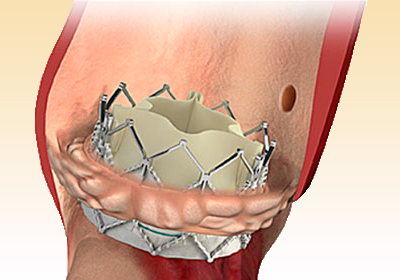Original Title: “Long-term outcomes of routine versus provisional T-stenting for de novo coronary bifurcation lesions: five-year results of the Bifurcations Bad Krozingen I study”. Authors: Miroslaw Ferenc, MD; Mohamed Ayoub, MD; Hans-Joachim Büttner, MD; Michael Gick, MD; Thomas Comberg, MD; Jürgen Rothe, MD; Christian M. Valina, MD; Willibald Hochholzer, MD; Franz-Josef Neumann, MD. Division of Cardiology and Angiology II, University Heart Center Freiburg – Bad Krozingen, Bad Krozingen, Germany. Reference: Ferenc M et al | EuroIntervention 2015;11:856-859.
Dr. Santiago F. Coroleu.
Instituto de Cardiología Santiago del Estero, Argentina.
Previously published nine month and two year outcomes of the BBK-I trial comparing provisional T-stenting (GROUP 1) vs. routine T-stenting (GROUP 2) in de novo coronary bifurcation lesions had not shown significant differences between these two strategies. This report analyzes a five year follow up of the same trial.
Summing up, 202 patients were enrolled, (101 in each group), all treated with first generation sirolimus eluting stents (Cypher®). Primary efficacy end point was target-lesion-revascularization (TLR) and stent thrombosis (ST) was the safety primary end point. In addition, the study analyzed death, AMI and MACE (death, AMI and TLR).
| RESULTS | Group 1 (%) | Group 2 (%) | p value |
| TLR | 16.2 | 16.3 | 0.97 |
| MACE | 22.8 | 22.9 | 0.91 |
| Death and AMI | 9.9 | 13.9 | 0.40 |
| ST | 2.0 | 5.1 | 0.25 |
The authors concluded that, just as the 9 month and 2 year follow up had shown, routine T-stenting does not offer a benefit over provisional T-stenting as regards TLR or MACE at five year follow up.
Editorial Comment, important data:
1. In all cases, in both groups, balloon kissing was performed at the end.
2. In the routine T-stenting group, the first stenting was always done to the main vessel.
3. As a routine, all patients were prescribed dual antiaggregation during six months, followed by aspirin, indefinitely.
4. 75% of procedures involved LAD-diagonal bifurcation.
5. 68% of procedures was performed on real bifurcations.
6. 3 patients (2.97%) did not receive the secondary vessel stent in group 1, because positioning was impossible.
7. 19 patients (18.8%) received a secondary vessel stent in group 2; 14 for ≥75% residual stenosis and 5 for flow-limiting dissection.
8. Even though there were no statistically significant differences in neither of the end points, they all showed a trend in favor of the provisional group. As a sub analysis, (not stipulated in the trial) it was observed the patients with worse evolution were those enrolled in the provisional group that required a second stent.
9. Researchers used only first generation stents.
10. The sample was small, powerful enough to assess angiographic outcomes, but not clinical outcomes.
11. The presented outcomes match those recently published by the NORDIC-I, that shows worse evolution in patients with “double-stent-technique”.





